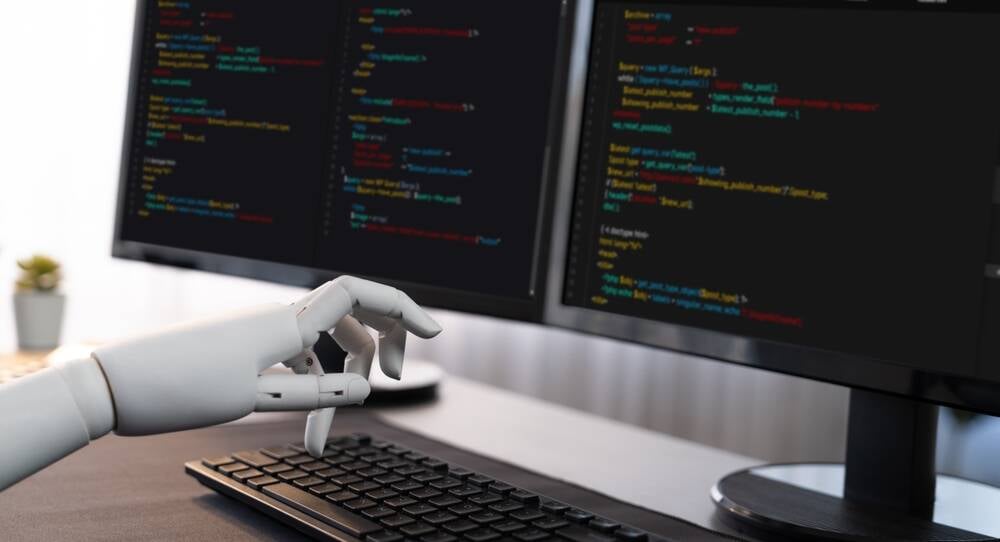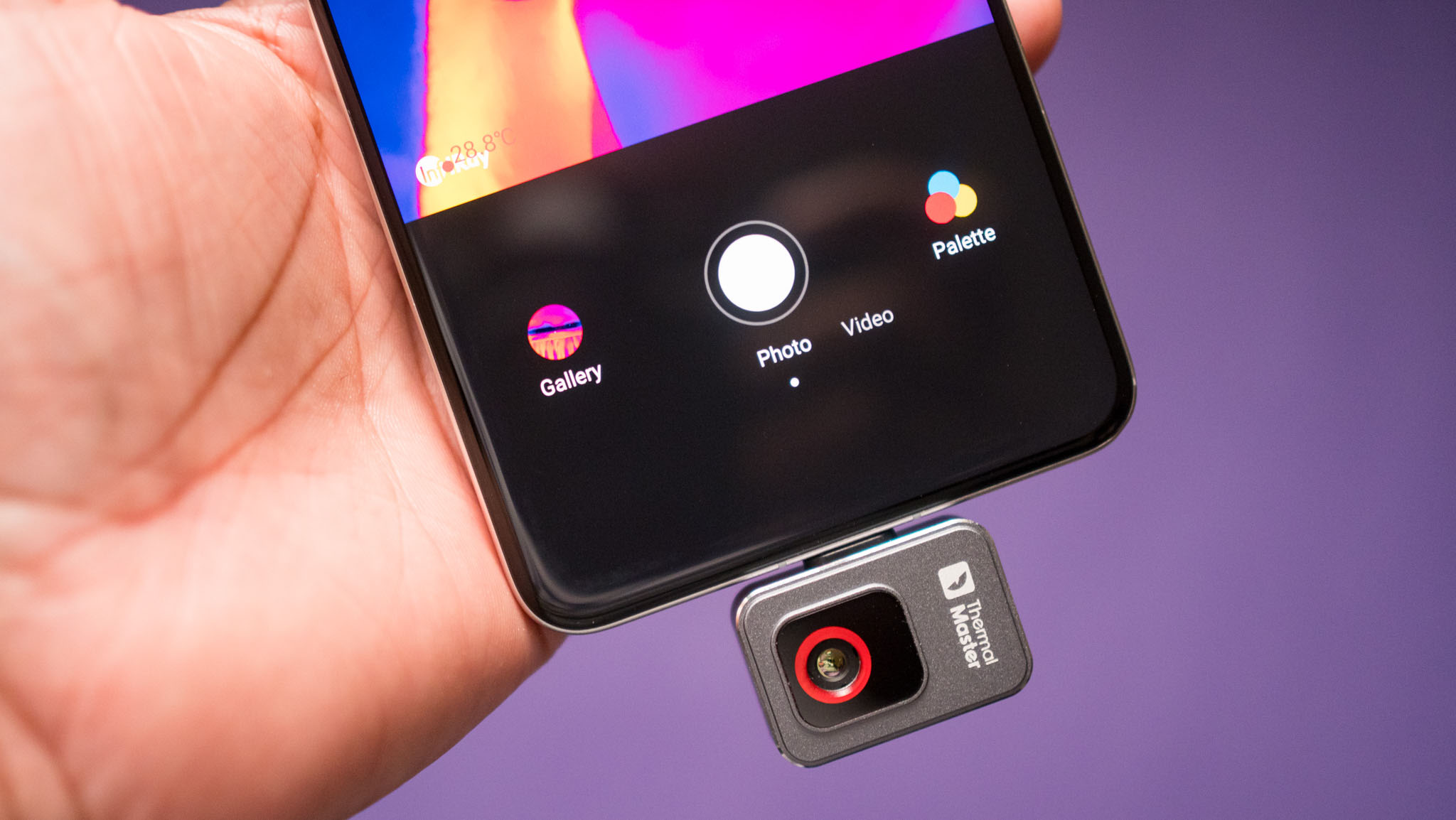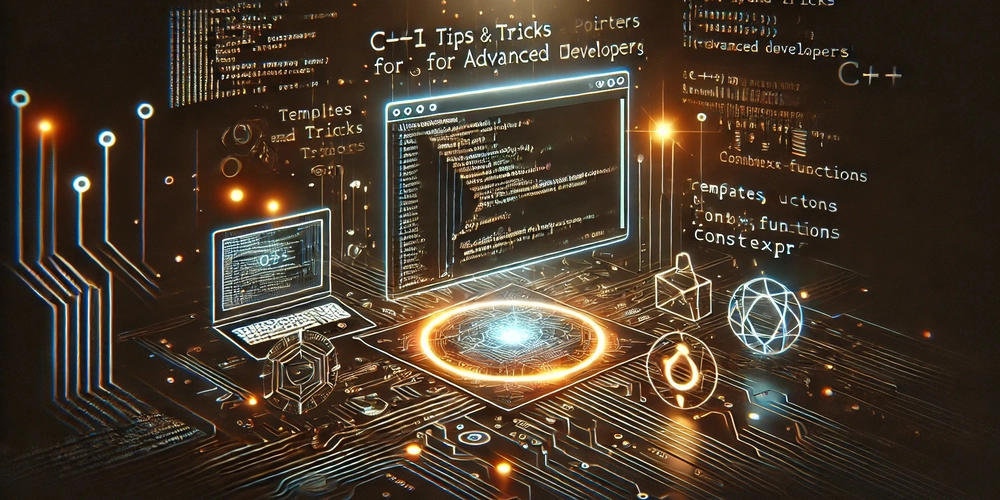Top Cybersecurity Trends Every CISO Must Watch in 2025
In 2025, cybersecurity trends for CISOs will reflect a landscape that is more dynamic and challenging than ever before. The rapid pace of technological change, the proliferation of connected devices, and the growing sophistication of cyber threats are pushing organizations to rethink their security strategies. For Chief Information Security Officers (CISOs), staying ahead of these […] The post Top Cybersecurity Trends Every CISO Must Watch in 2025 appeared first on Cyber Security News.

In 2025, cybersecurity trends for CISOs will reflect a landscape that is more dynamic and challenging than ever before.
The rapid pace of technological change, the proliferation of connected devices, and the growing sophistication of cyber threats are pushing organizations to rethink their security strategies.
For Chief Information Security Officers (CISOs), staying ahead of these trends is not just about protecting data-it’s about enabling business growth, maintaining customer trust, and ensuring regulatory compliance.
As digital transformation initiatives accelerate, the attack surface expands, and threat actors become more resourceful. This article explores the top cybersecurity trends every CISO must watch in 2025, offering insights and practical guidance for building resilient security programs.
The Expanding Role of Artificial Intelligence
Artificial intelligence (AI) is transforming both the offensive and defensive sides of cybersecurity. In 2025, cybercriminals are using AI to automate attacks, craft highly convincing phishing messages, and create deepfakes that can bypass traditional security controls.
The emergence of “shadow AI”-unsanctioned AI tools and models used by employees-poses a significant risk, as organizations often lack visibility and control over these technologies.
At the same time, AI is empowering defenders with advanced threat detection and response capabilities. AI-driven security tools can analyze vast amounts of data in real time, identify patterns, and respond to incidents faster than human analysts.
For CISOs, the challenge is to harness AI’s potential for defense while establishing robust governance to prevent its misuse.
This requires a balanced approach: investing in AI-powered security solutions, training teams to recognize AI-driven threats, and implementing policies to manage the use of AI across the organization.
Building Resilient Security Foundations
To address the evolving threat landscape, CISOs must focus on strengthening core security capabilities while embracing innovation. Key areas of focus include:
- Zero Trust Architecture: Adopting a zero trust model, where no user or device is automatically trusted, is essential. This approach requires continuous verification and least-privilege access, minimizing the risk of lateral movement within networks.
- Cloud Security: As organizations migrate more workloads to the cloud, securing cloud environments becomes critical. This involves strong encryption, identity management, and continuous monitoring to detect misconfigurations and unauthorized access.
- Identity and Access Management (IAM): With the rise of remote work and automation, managing both human and machine identities is more complex. Effective IAM strategies help reduce the attack surface and ensure only authorized users have access to sensitive resources.
- Supply Chain Security: Third-party vendors and partners can introduce vulnerabilities. CISOs must implement rigorous vendor risk assessments, monitor supply chain activities, and establish incident response plans for supply chain breaches.
- Cyber Talent Development: The cybersecurity skills gap is widening. Investing in training, upskilling, and retaining talent is crucial for building a resilient security team capable of responding to new and emerging threats.
By focusing on these foundational areas, organizations can build a strong security posture that is adaptable to future challenges.
Strategic Leadership for the Future
The CISO’s role is evolving from technical expert to strategic business leader. In 2025, CISOs are expected to bridge the gap between security and business objectives, ensuring that security initiatives support overall organizational goals.
This requires strong communication skills, the ability to translate technical risks into business language, and a deep understanding of the organization’s risk appetite.
Regulatory pressures are also increasing, with new rules demanding greater transparency and accountability for cybersecurity incidents. CISOs must ensure compliance while maintaining operational efficiency.
Strategic CISOs will focus on two critical priorities:
- Data-Centric Security: As data becomes more distributed and unstructured, protecting sensitive information wherever it resides is paramount. This involves implementing granular data controls, monitoring data flows, and ensuring compliance with data privacy regulations.
- Risk Quantification and Communication: To secure executive support and funding, CISOs must quantify cyber risks in business terms. This means articulating the potential financial and reputational impacts of security incidents and aligning security investments with business priorities.
Ultimately, the most successful CISOs in 2025 will be those who can anticipate change, foster a culture of security awareness, and lead cross-functional teams to achieve both security and business objectives.
By embracing these trends and adopting a proactive, strategic approach, security leaders can ensure their organizations remain resilient in the face of evolving cyber threats.
Find this News Interesting! Follow us on Google News, LinkedIn, & X to Get Instant Updates!
The post Top Cybersecurity Trends Every CISO Must Watch in 2025 appeared first on Cyber Security News.








































































![Apple Restructures Global Affairs and Apple Music Teams [Report]](https://www.iclarified.com/images/news/97162/97162/97162-640.jpg)
![New iPhone Factory Goes Live in India, Another Just Days Away [Report]](https://www.iclarified.com/images/news/97165/97165/97165-640.jpg)












































































































































































































































![[The AI Show Episode 145]: OpenAI Releases o3 and o4-mini, AI Is Causing “Quiet Layoffs,” Executive Order on Youth AI Education & GPT-4o’s Controversial Update](https://www.marketingaiinstitute.com/hubfs/ep%20145%20cover.png)
































































































































































































































































